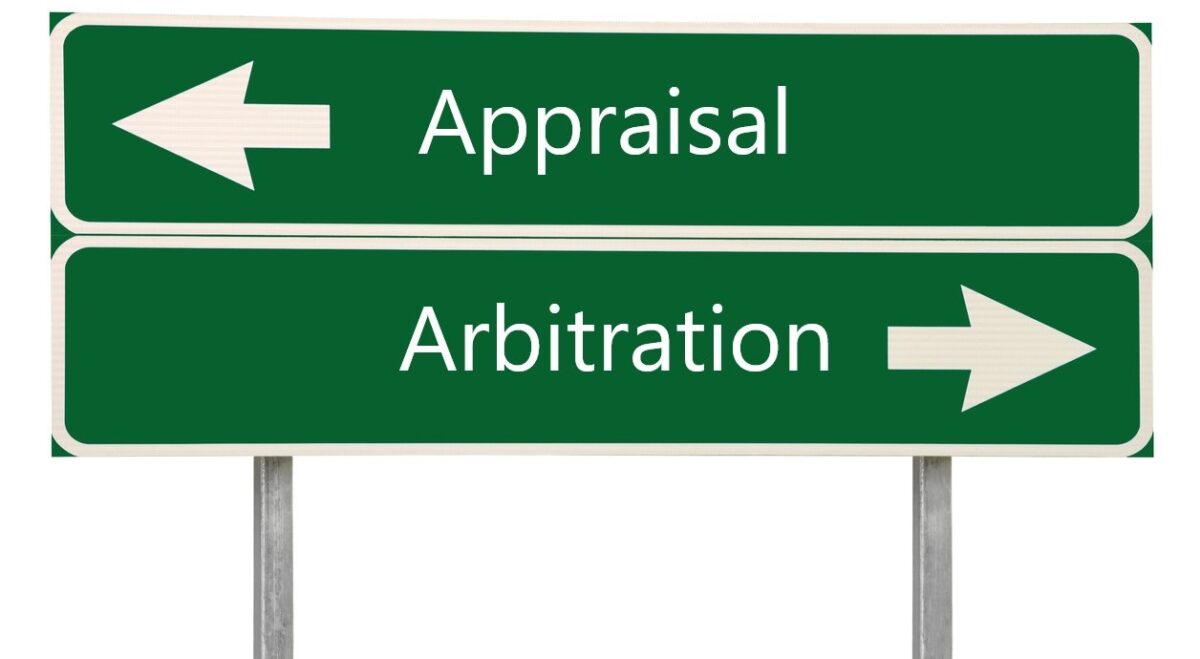So far, I have addressed thirty states in this series on calculating actual cash value. This blog is to provide an update on the discussion in my earlier post, Calculating Actual Cash Value, Part 24: Alabama.
On August 3, 2017, in Arnold v. State Farm Fire & Casualty Company,1 Judge William H. Steele of the Southern District of Alabama ruled an insured stated a claim under Alabama law that the insurer breached its duty to pay actual cash value by unlawfully depreciating labor costs. An insured in Alabama reasonably could expect that “actual cash value” would be calculated without application of any depreciation at all, based on Alabama precedent and an insurance regulation defining ACV as “market value,” replacement cost less depreciation, or as “otherwise provided” in the policy.2
In rejecting the insurance company’s argument that labor should be depreciated, the trial court explained:3
As applied to this case, to prevail on the instant motion the defendant must show that the undefined term “actual cash value” could not reasonably be construed by a reasonable insured, lacking special knowledge or expertise and applying the ordinary meaning of the Policy language, as not including depreciation of labor costs. The Court concludes that the defendant has not met this burden.
Finally, the court noted that policyholders are not expected to form “an understanding of what undefined policy terms mean” by “ponder[ing] the myriad and largely hidden commercial and societal considerations that underlie the insurance industry.”4
____________________
1 Arnold v. State Farm Fire & Casualty Co., 268 F.Supp.3d 1297 (S.D. Ala. Aug. 3, 2017), motion to certify appeal denied, No. CV 17-0148-WS-C, 2017 WL 5451749 (S.D. Ala. Nov. 14, 2017).
2 Id. at 1305.
3 Id. at 1304.
4 Id. at 1310.



